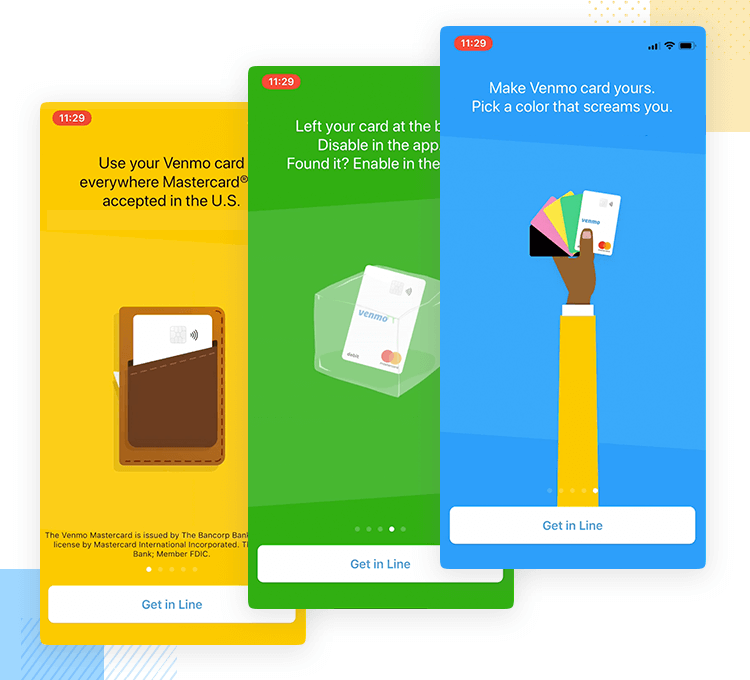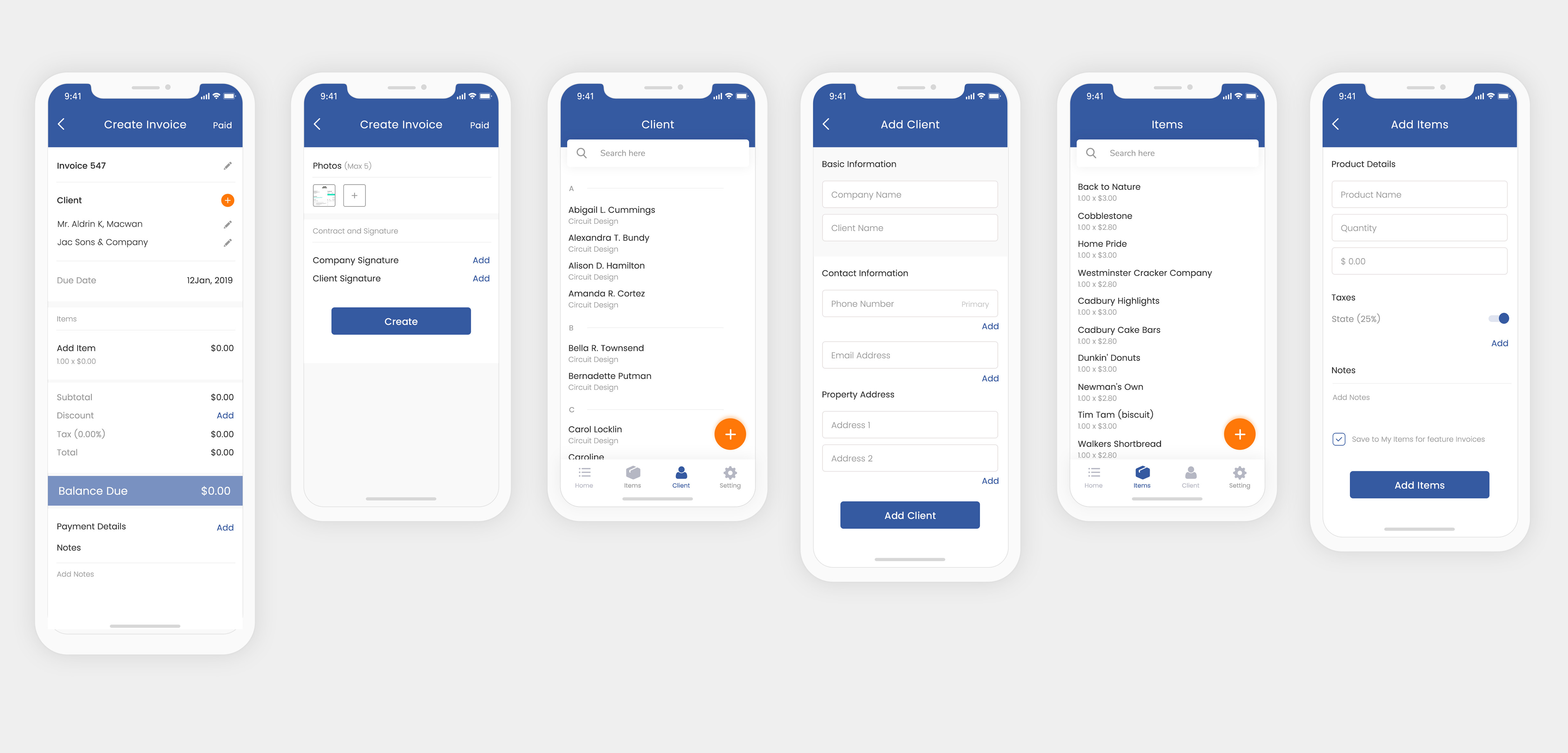
A powerful tool to spot problems in your website is usability testing. Whether you are building a brand new site or you need to improve an existing one, you need to find out how your users are using it. Asking people to give their feedback on your product is a good way to do this. This will give you an idea about what to include or change.
You can choose from a variety of usability testing methods to help you determine the best way to implement your project. It is important to consider the objectives, cost, time, and cost of the test. These factors must be aligned in order to ensure that your results are useful and can be used for improving your website's functionality.

You will need to collect both qualitative and quantitative information when you conduct user testing. Qualitative data can be collected through surveys, observation, and interviews. Observation is most commonly done in person. However other types of research are possible remotely. Qualified researchers are required to participate in the testing process.
Surveys are a popular means of gathering qualitative and quantitative feedback. Surveys allow users to give their opinion on your website and app. You'll get a lot more information if you do this type of usability testing. Open-ended questions can be asked to participants, which can give you a deeper look into their thoughts.
A good alternative is to do in-person testing. You can select up to twelve testers in one session, and this allows you to get a wider perspective on your users' behavior. You must ensure that your test subjects are real people. Employers can bias results as they are familiarized with your company and product.
Paper prototyping is another way to check the usability your website. This type of usability testing requires the expertise of a UX expert. During this stage, the UX expert simulates how a user interacts with your website. The UX expert will then point out any problems that may impact the users' experience.

Another way to measure usability is by using session replays. They capture user behavior on the site. These recordings are usually not audio and don't reveal participant identities. These recordings can be used to identify the most common errors users make and how they can corrected. They can also be used for identifying the most useful areas of your website.
Another method for collecting data on users' interactions is clicking tracking. Click tracking measures how many clicks users make and the exact location. It can also account for the resolution of the click and the size the browser window. A click tracker can also indicate how long users take to complete a task, and can be used to analyze how frequently participants are clicking on your site.
FAQ
How to design a site?
It is important to first understand your customers and what your website should do for them. What do your customers want from you when they visit your website?
What other problems could they face if they can't find the information they need on your website?
After you have this information, you need to find out how to solve the problem. Make sure everything looks good on your website. It should be easy-to-use and navigate.
Your site should be extremely well designed. It should not take too much time to load. If it takes too much time, people will not stay as long as they want. They'll move elsewhere.
You need to consider where your products are located when you build an eCommerce website. Do they all reside in one spot? Are they scattered about your site?
Decide whether you plan to sell one product at a time or several products. Are you interested in selling one type of product? Or multiple types?
After you've answered these questions, it is possible to start building your website.
Now, you have to think about the technical aspects of your site. How will your website work? Is it fast enough? Is it possible to access the information quickly using a computer?
Can people buy things without having to pay more? Are they required to register before they can buy anything?
These are vital questions you need to ask. These questions will help you to make the right decisions and move forward.
How do I choose a Domain Name?
It is important that you choose a domain name that is memorable. If your domain name is not great, people won't be able to find you easily when they search the internet for your product.
Domain names should be simple, short, easy-to-remember, relevant to your brand and unique. In order to make your domain name memorable, people should be able to type it into their browsers.
Here are some tips for choosing a domain name:
* Use keywords related to your niche.
* Do not use (-), symbols or hyphens.
* Don't use.net or.org domains.
* Avoid using words that are already taken.
* Try to avoid generic terms like "domain" or "website."
* Check it's always available.
Do I Need Any Technical Skills To Design And Build My Site?
No. All you need is an understanding of HTML and CSS. You can find tutorials online for HTML and CSS.
Statistics
- It's estimated that chatbots could reduce this by 30%. Gone are the days when chatbots were mere gimmicks – now, they're becoming ever more essential to customer-facing services. (websitebuilderexpert.com)
- In fact, according to Color Matters, a signature color can boost brand recognition by 80%. There's a lot of psychology behind people's perception of color, so it's important to understand how it's used with your industry. (websitebuilderexpert.com)
- At this point, it's important to note that just because a web trend is current, it doesn't mean it's necessarily right for you.48% of people cite design as the most important factor of a website, (websitebuilderexpert.com)
- The average website user will read about 20% of the text on any given page, so it's crucial to entice them with an appropriate vibe. (websitebuilderexpert.com)
- Did you know videos can boost organic search traffic to your website by 157%? (wix.com)
External Links
How To
How do I get started as a UI Designer?
There are two ways to become a UI designer:
-
You can get a degree from school in UI Design.
-
You can go freelance.
If you want to go through school, you'll need to attend college or university and complete four years of study. This includes business, psychology and computer science.
There are also state universities and community colleges that offer classes. Some schools offer free programs; others charge tuition fees.
You'll need to find work once you have graduated. If you are going to be working for yourself, you will need to build your client list. It's important to network with other professionals, so they know you exist.
You can also look for opportunities to intern at companies that specialize in developing web applications. Many companies hire interns in order to gain valuable experience before they hire full-time employees.
You will find more jobs if you have a portfolio that showcases your work. Your work samples, as well details of the projects, should all be part of your portfolio.
It's a smart idea for you to send your portfolio by email to potential employers.
As a freelancer, you will need to market yourself. You can also advertise your services via job boards like Guru, Indeed, Guru, Upwork, and Freelance.
Many recruiters post job openings online and assign freelancers. These recruiters seek qualified candidates to fill open positions within certain industries.
These recruiters often provide a briefing detailing the job requirements to the candidate.
A freelancer is not required to sign a long-term contract. It is best to negotiate an upfront fee if you intend to move forward.
Designers prefer working directly with clients over working through agencies. Although this may sound great, many lack the necessary skills.
Agency workers have a deep understanding of the industry in which they are working. They have access the right training and resources to ensure they produce high-quality results.
Agency workers also receive higher hourly rates.
However, the disadvantage of working with an agency is not having direct contact with your employer.
You must be creative, self-motivated and flexible to succeed as a UI Designer.
Additionally, communication skills must be excellent both in written and verbal.
UI designers design websites by designing user interfaces (UI), and visual elements.
They are also responsible in ensuring that the site meets all users' requirements.
This involves understanding the information users need and how to make your site work.
To create wireframes, UI designers can use a variety of tools. They use wireframing to help them visualize the layout of a webpage before they start designing.
Wireframe templates are available online, making it easy for anyone to create their own wireframes.
Some designers focus solely on UI design, while others combine UI design with graphic design.
Photoshop is a popular software used by graphic designers for editing images.
They then use Adobe InDesign to lay out pages and layouts.
Photographers capture images using digital cameras or DSLRs.
They then upload the images to a program for photo editing, where they add text captions and filters.
Afterward, the photographer saves the image in a file format compatible with the website.
It is crucial to consider all aspects when designing a website.
This includes research, planning, wireframing, prototyping, testing, coding, content creation, and publishing.
Research – Before starting any new project, it is important to conduct extensive research.
Planning - Once you've completed your research, you'll want to begin developing a plan.
Wireframing is a preliminary sketch for a web page, or application.
Prototyping – Prototypes are used to verify that the final product is consistent with the original vision.
Testing - To ensure that the prototype works correctly, it should be subject to multiple rounds of testing.
Coding: Coding is the process of writing code for computers.
Content Creation – This covers everything from creating copy to managing social accounts.
Publishing means uploading files onto a server and making the site accessible.
You will be required to study about other projects in order to work as a freelance UX/UI design.
For example, some companies only require wire frames, whereas others require full prototypes.
Depending upon the type and scope of the project, you may be asked for specific tasks.
If you are hired to create wireframes for a company, you may be expected to produce several wireframes each time.
If you're being hired to create a full prototype, you might be asked to create a fully functional site.
Regardless of the type of project, it's important to have strong interpersonal skills.
Referring freelancers is the best way to get work. It's important to establish good relationships with potential employers.
You must also be able communicate clearly both verbally as well as in writing.
A portfolio is an essential part any freelancer's arsenal.
It showcases your work, and demonstrates your ability deliver high-quality outcomes.
This can be done online by creating a portfolio.
It is a good idea to look for websites that are similar to yours to get you started.
Then, search these sites to see how each one presents its services.
Once you have determined the best practices for you, you can begin to adopt them.
You can also include links to your portfolio in your resume.